Integration pioneers shortlisted in the 2014 HSJ Awards were brought together in a roundtable to share their ideas on what works and what doesn’t. Ingrid Torjesen reports
HSJ invited some of the shortlisted entrants to the HSJ Awards – those who had excelled in integrated care – to join a roundtable discussion in November last year to share their experiences of how to make integration happen effectively.
More than 20 professionals gathered to listen to presentations on three projects (see boxes, below).
They then split into three groups to identify barriers to integration, outline how these barriers can be overcome and provide useful tips for organisations wishing to transform a service or healthcare landscape through integration.
The panel
Zoe Bogg, Azhar Farooqi, Wendy Lane, Jane Ives, Rebecca Rosen, John Primm, Ann Hepworth, Bernie Stribling, Linda Gorst, John Hodgson, Damian O’Boyle, Vijay Rawal, Graham Rustom, Sarah Murphy, Eugene Levan, Peta Stross, Charles Waddicor, Louise Smith, Wendy McDermott, Estelle Frost, Katherine Mollart
Beware of the barriers
The session, steered by HSJ executive editor Adele Waters, identified some common hurdles to integration: staff and patients’ reticence about change; and IT and data issues (use of different IT systems, data governance and patient consent for information sharing).
They agreed that integration requires different organisations to commit to a shared goal and to change existing working practices to achieve it. This was seen as the biggest challenge of all.
Reporting back from the first discussion group, Andrea Carroll, community matron at Wyre Forest Care Home Support Team in Worcestershire, said some patients could have as many as a dozen different care plans drawn up by teams in various organisations – one might be rehabilitative, while another could be compensatory. Ideally there should be just one care plan across the whole system, she said.
‘It’s essential to demonstrate that a service change is having an impact’
Good communication between staff in different organisations was identified as vital for effective integration. Co-locating is rarely possible, so IT solutions and video conferencing need to be investigated. Implementing training across disciplines as well as organisations can support this.
It is also essential to be able to demonstrate that a service change is having an impact by collecting the right data to demonstrate improved quality and cost effectiveness and patient satisfaction.
However, short contracts, often just three years, can hinder this and discourage organisations from investing in what is needed to facilitate change, such as new computer systems. Some form of “pump priming” is usually necessary to fund the purchase of equipment, upskill staff and cover double running costs until the new service gets off the ground. Unfortunately the benefits of a new system rarely accrue in the same place as the costs, which need to be recognised and dealt with upfront.
Leadership and engagement
Keeping the focus on what needs to be achieved and engaging staff and other stakeholders calls for the right leadership.
Wendy Lane, senior partner of service redesign and innovation at Arden Commissioning Support in Warwickshire, said it was essential for management to promote trust between different organisations, facilitate an open debate about the financial costs and benefits of a project, and ascertain participating organisations’ appetite for risk. Without trust, small third sector organisations might be afraid to share their ideas with big organisations – they might fear their ideas will be stolen and this prevents them from winning contracts.
John Hodgson, medical director of Partners4Health, said that once senior leaders within organisations had bought into a vision, stakeholder engagement was key to getting the project off the ground and driving through the operational plan.
The main drivers for system change need to be identified, along with the groups who deliver it - for example, GPs, district nurses, local authorities, hospitals and other services – so that they can be engaged. If these people are engaged, they will make change happen.
Azhar Farooqi, clinical lead and co-chair of Leicester City Clinical Commissioning Group, said you cannot change the architecture of the system without getting everybody on board.
“You need to define pretty early on exactly what kind of service you’re going to be providing or trying to aspire to, and make sure that everybody is signed up to that,” he said.
“This is absolutely vital if you are trying to change a whole care pathway in a systematic way. If you do it piecemeal and don’t engage properly, you often get people who try to undermine what you’re trying to achieve.”
Haverstock Healthcare: a consortium of federated GP practices serving Camden
Six years ago a group of GPs joined forces to bid to run an “eight to eight” centre, opening from 8am to 8pm.
They did not win the contract, but this was the beginning of Haverstock Healthcare, a federation of 26 practices that runs two urgent care centres in north London – at the Royal Free Hospital and Barnet Hospital – a diabetes integrated practice unit and several GP practices in north central London.
What makes the urgent care centres and diabetes integrated practice unit unusual, said Vijay Rawal, medical director of Haverstock Healthcare GP consortium, is that they “have not been commissioned by clinical commissioning groups, they have been commissioned by the acute trust”.
The first urgent care centre at the Royal Free was commissioned as a pilot by the then primary care trust, which was a success.
The PCT did not want to continue with it but the hospital felt the centre had made a significant difference, and so decided to commission it.
Haverstock then took over the urgent care centre at Barnet Hospital. In April 2013, before the takeover, Barnet Hospital’s accident and emergency performance was the lowest in London.
By April last year it was second only to Moorfields Eye Hospital. Haverstock’s urgent care centre now sees 44 per cent of patients coming through the doors of Barnet’s A&E.
The Royal Free has also commissioned the diabetes integrated practice unit, which involves acute, community and primary care services. Data sharing agreements have been established and tiers of care redesigned so that patients are seen by the most appropriate person. This has required education of both staff and patients.
Dr Rawal said that some of the GP practices did not want to engage with the initiative initially, but that the positive experience of other practices helped change that.
Through the initiative more diabetes patients are identified in the practices, which pulls through significant income.
Although many federations are formed for financial or workforce reasons, the aim of this federation is to put the patient at the centre of care, Dr Rawal explained.
Camden has a diverse population of 255,000 patients and many health inequalities. It is estimated that 21,000 people have undiagnosed hypertension, 7,800 undiagnosed diabetes and more than 4,000 people undiagnosed chronic pulmonary obstructive disease.
“We are no longer looking at practices as individual units; we are working at a population health management level,” Dr Rawal said.
Federations do not have a vehicle to employ staff to bid for contracts, so that is where Haverstock, a limited company with a social ethos, comes in. All the consortium’s work to support patients in Camden is not for profit.
People are motivated by different things. Some people will respond to data that demonstrates the need for a change, explained Ms Lane, while others might respond to patient stories and patient experience.
She said the leadership team also needed to use a shared language to create a compelling narrative to engage staff across approved organisations. This was particularly important with projects that crossed health and social care. In terms of clinical and diagnostic groups, staff in social care often talk about dependency, Ms Lane added.
‘If staff move between organisations it prevents them becoming entrenched and builds competency’
Engage staff (who are close to the problems that need to be addressed) in designing the new integrated service, Ms Carroll said. They are not aware of the value of the systems and the experiences of other teams. Asking different teams to work through case scenarios will highlight different ways of working, she said, because often teams deal with challenges in their own way, based on their expertise and usual practice.
hospital@home: delivering more effective care for acute patients outside the hospital
Hospital@Home is an alternative to admitted acute care for patients whose needs have escalated beyond what can be managed safely and effectively by primary care and community service.
John Hodgson, medical director of Partners4Health, said the traditional system for acutely unwell patients was too “polarised”.
“You either stay at home with GP care or you go into hospital,” he explained. “But patients aren’t binary; there is a whole gradation of illnesses. The majority of care that happens within a hospital is actually condensed down to about an hour a day. Patients can stay at home and the one or two hours of care can be delivered there and spread through the day as appropriate.”
Around 40 per cent of acute patients who go into hospital do not need to be there, he added. Many frail and elderly patients “teeter on the edge of requiring institutional care” and decompensate after hospital admission so they never go home again, adding to costs, he said.
Partners4Health’s Hospital@Home initiative has cared for more than 2,500 patients in the Chester and Ellesmere Port area. Patients are referred by GPs or passed on from accident and emergency. They are mostly in the 80-90 age group and have chronic obstructive pulmonary disease, community acquired pneumonia, urosepsis, low level sepsis, cellulitis, acute kidney injury or require end of life care. The average length of stay is 3.8 days. Patient satisfaction levels are almost 100 per cent.
An audit has shown that patients with pneumonia have a slightly lower death rate than those with a similar level of disease cared for in hospital. Furthermore, 145 admissions for COPD have been prevented and the initiative has supported the acute trust’s strategy to close three wards.
The clinical commissioning group has reported that the initiative saved £500,000 during its first 18 months. It has now been extended to cover more patients in a larger geographical area and is on track to save £1.4m in 2015-16. Over the next three years savings of more than £4m are predicted.
Dr Hodgson said these estimates are conservative. “We’re taking numbers, halving them and making a lot of negative assumptions,” he said. If the initiative was expanded nationally, it could achieve savings of more than £1bn over three years.
Operationalising the concept was not without its problems, Dr Hodgson admitted. There were 250 actions in the operational plan, and some required complex planning and were difficult to implement. Furthermore, some specialists were resistant to change. As patients are traditionally put in hospital when there are concerns about them, “we found it quite difficult to change the culture to one where risk is assessed and managed in a non-admitted setting”, he explained.
Other local services have also benefited. Before Hospital@Home, obtaining a special bed for a patient with a pressure sore could take days. “Now a pressure sore mattress is in the patient’s home within four hours,” Dr Hodgson said. “District nurses can access that, so now everybody is operating to the same high standard,” he said.
“Hospital@Home was a catalyst for real change. It was really helpful in changing how things happened in the whole system - that is one of the powers of integration.”
Practical advice
As the meeting came to a close, attendees offered practical advice to organisations considering embarking on an integration project:
- Agree the vision and ethos at the start and the vehicle required to make the vision happen. This could mean establishing a limited company or not for profit enterprise.
- Appoint a good finance person who understands procurement processes and contracts and so is aware of the potential problems and pitfalls.
- Talk to all stakeholders – including acute and foundation trusts, mental health and social care - to find out what is required to engage them.
- Engage patients and the public. The service needs to be designed around the patient, so they need to be involved in its development and support the changes.
- Get the right organisations on board to deliver an idea and sort out any relevant paperwork: a data sharing agreement and memorandum of understanding to ensure confidentiality and safeguard ideas will enable small providers to feel protected.
- Be prepared for the different and difficult personalities and have a strategy for dealing with them: the dinosaur who will not want change or accept the need for change; the predator whose priority is not the needs of patients but a desire to make money, and who will ultimately want to sell a successful business to the highest bidder; the mule who will be resistant to change and require lots of time, money and energy to turn around; the ostrich who will try to ignore any changes happening around them; and the meerkat who will listen but not be prepared to participate until everyone else does. On the other hand, a nag can help to create tension to ensure essential tasks get done.
- Do not hire a professional bid writer. Hiring one was one of the biggest mistakes Haverstock Healthcare GP consortium made initially, said Graham Rustom, its project consultant, because the bid writer did not know the business. By learning to write its own bids and business cases the consortium had won or come second in every procurement exercise since.
- Appoint, do not elect. The favourite people are not necessarily the best for the job. It may be necessary to nominate candidates, but then a selection process should be used to identify the person with the right skill set.
- Actions speak louder than words. Demonstrating what has already been delivered by the group working in an integrated way is the best way to win new contracts.
- Measure and collect the right data. This is vital to demonstrate that the integrated service is making a difference.
- Sort out IT. If it is possible for all services to use the same IT system, it helps immensely in terms of data sharing and communication.
- Invest in relationships. Trust between commissioners and providers is key and can be built on. CCGs are in their early stages and there is no reason why provider organisations cannot suggest ideas to commissioners for services to procure.
- Develop good relationships. Much interaction occurs at a senior level but do not forget the middle managers who may jointly chair delivery groups.
- Ensure clinical engagement. Clinicians do not necessarily need to lead the project (although timewise it proved to be the best option). It is essential that they are involved directly in the service design and support it.
- Circulate staff across organisations. If staff move between organisations regularly, this practice prevents them becoming entrenched (institutionalised), builds competency and fosters ideas.
Leicestershire diabetes services: a single model of care across a health economy
Many areas target diabetes services for transformation, but few have done it on the same industrial scale as Leicestershire.
Leicester, Leicestershire and Rutland clinical commissioning groups, which cover a population of 1 million, including more than 60,000 people with diabetes, signed up to deliver a single model of care.
Under the new model the proportion of diabetes services delivered in primary care increased from 80 to 95 per cent.
Azhar Farooqi, clinical lead and co-chair of Leicester City CCG, said: “For primary care we have identified what we have termed the ‘necessary nine’. These are nine aspects of care we feel should be delivered in primary care and the community: screening, prevention, prescribing, management of insulin issues, cardiovascular risk and so on.”
Core practices provide basic care and advanced practices give an enhanced service. A specialist support system has been set up to provide enhanced services to patients registered at core practices to ensure all patients in the region receive the same level of care. This gives core practices access to diabetes nurse specialists and diabetologists, who will visit the practice or give advice over the phone.
Professor Farooqi explained: “We have also defined exactly what secondary care should be providing. We have termed this the ‘super seven’: the key specialist areas of diabetes that require the specialist input.”
A comprehensive training programme called EDEN (Effective Diabetes Education Now) has been implemented over the last three years to upskill primary care.
The programme involves tailored education for GPs and practice staff, and practice based mentoring that leads to accreditation to provide an enhanced service.
Service level agreements have been developed for the enhanced service in primary care and the acute hospital “super seven” activity and services are performance managed against those. Patient satisfaction and financial performance are also measured.
The model recognises also the important role of patients in managing their condition. Newly diagnosed patients and those having trouble managing their diabetes are offered a place on the DESMOND (Diabetes Education and Self Management for Ongoing and Newly Diagnosed) programme, and practices have been trained to deliver a mini version of DESMOND to patients who refuse the programme.
Professor Farooqi said that the initiative “gives greater access to care for patients and enhances quality and evidence based practice”.
“I can’t say that this scheme has cost less - it hasn’t,” he added, but he expected it to be cost effective in the long term.
“We have had to invest in education and invest in health services,” he explained. “The traditional tariff based system is getting in the way, but we are thinking of ways of overcoming that… for the coming financial year. We are looking really at seeing past the tariff based system and going back to a block based contract.” He added that the principles could be applied to any long term condition or major service transformation.
“We have got a particular issue with [chronic obstructive pulmonary disease], so we’re trying to develop something similar for COPD.”





















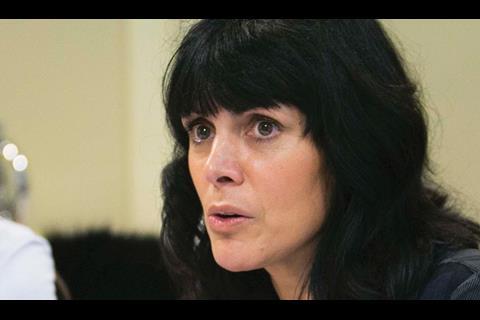

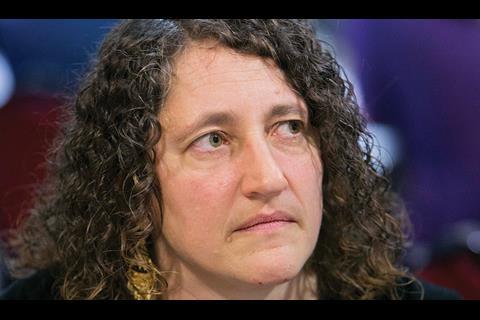
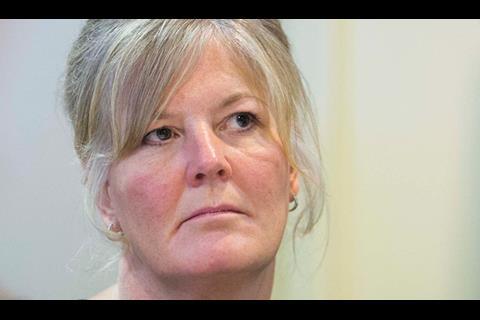
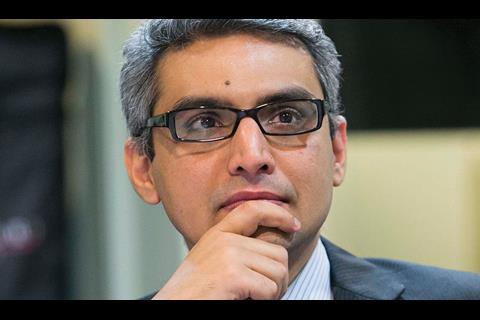
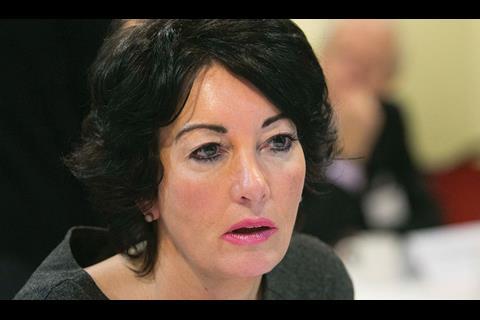
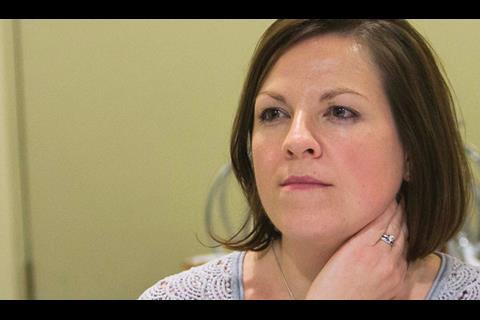






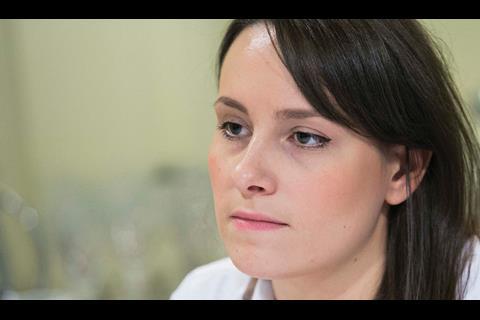








No comments yet